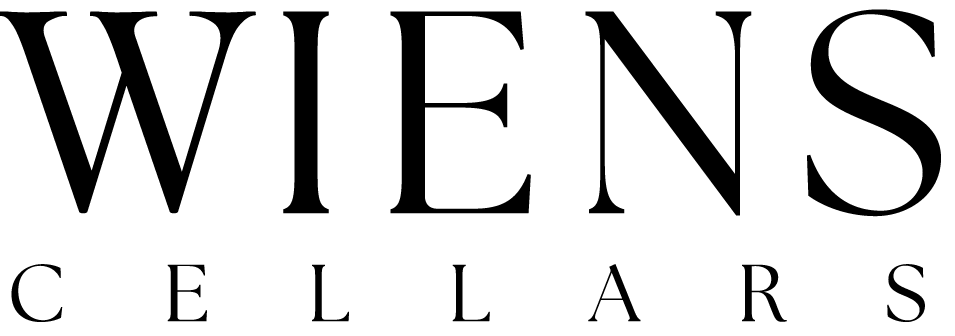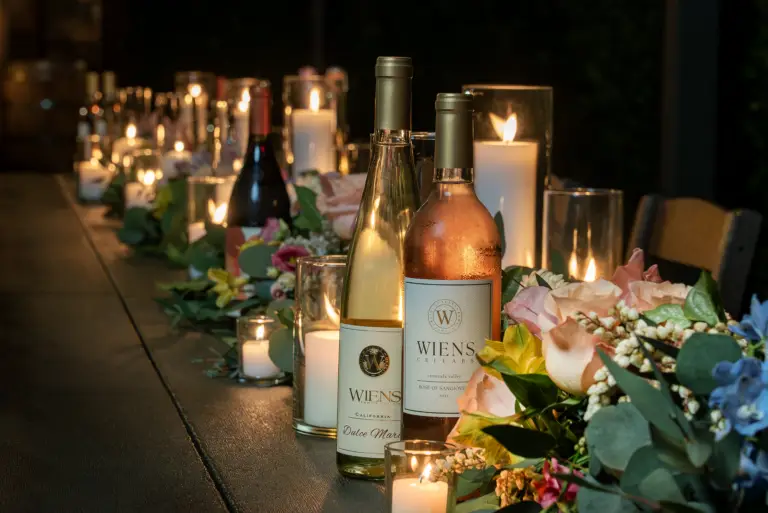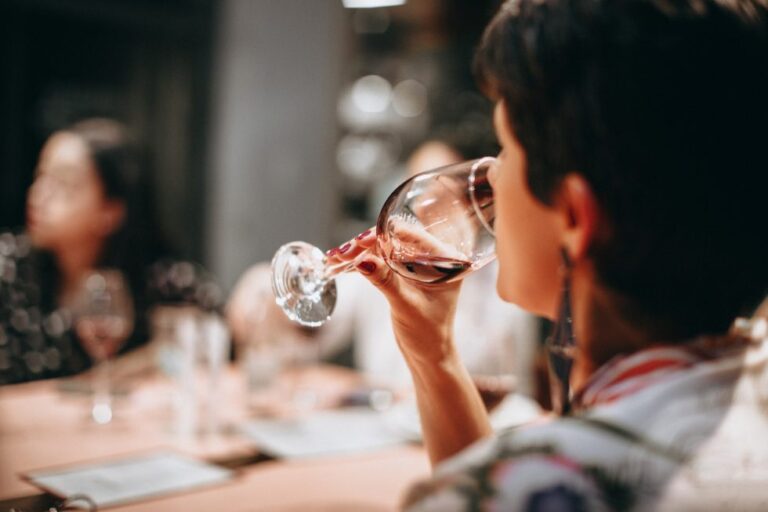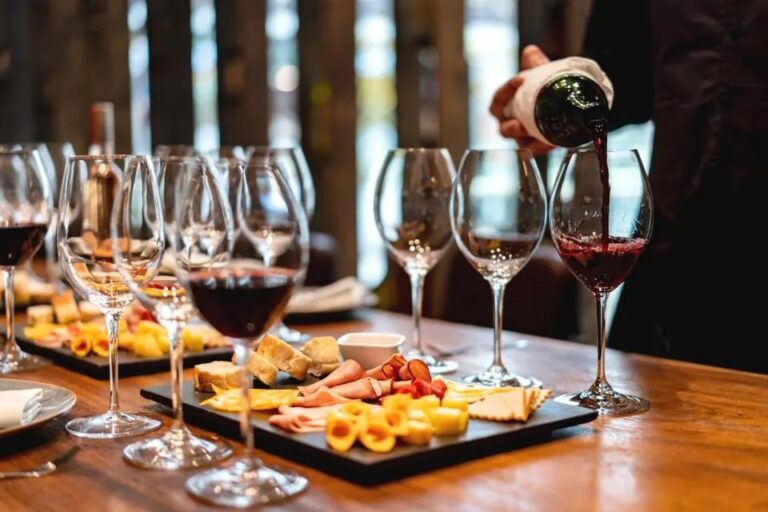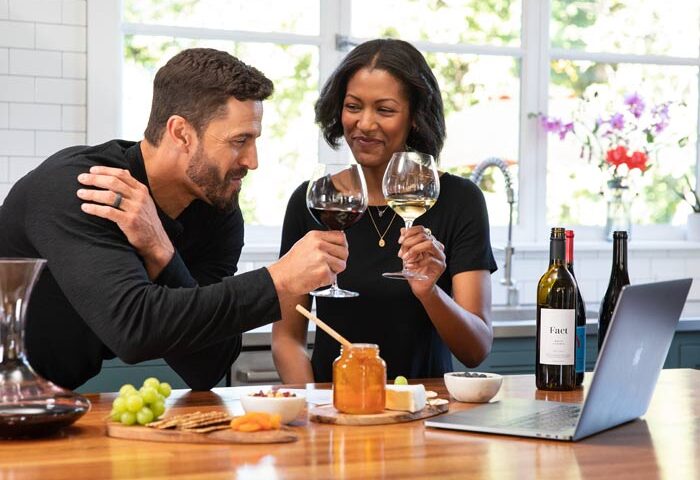Hosting a wine tasting party is a delightful way to discover new wines and engage with friends and family in the comfort of your own home. Whether you’re a seasoned wine enthusiast or a curious novice, organizing a wine tasting is an enriching experience that can deepen your appreciation for wine.
Planning Your Wine Tasting
Choosing the Right Wines
A well-curated selection of varietals can significantly enhance your wine tasting party. Here are three key types to consider, each offering its own distinct profile:
- Chardonnay: Known for its versatility, Chardonnay can range from crisp and mineral in cooler climates to rich and buttery when oak-aged. Featuring a Chardonnay like Wiens Cellars’ vintage allows guests to explore how terroir and winemaking techniques influence its flavor profile. Discuss the impact of malolactic fermentation and oak aging on the creamy texture and complex layers of this beloved white.
- Pinot Noir: This varietal is celebrated for its delicate flavors and aromatic complexity. Pinot Noir, with its subtle nuances of red fruits and earthy undertones, serves as a great conversation starter about the influence of climate and soil composition. It’s an excellent example of how a grape can produce dramatically different wines based on where it’s grown and how it’s handled in the vineyard.
- Cabernet Sauvignon: As one of the most robust red wines, Cabernet Sauvignon is perfect for demonstrating the structure and aging potential of wines. Highlight its bold tannins, dark fruit flavors, and how these elements can evolve over time. This varietal often features hints of cedar or tobacco, making it ideal for discussions on the complexity and depth that wines can achieve.
Setting the Date and Invitations
Choose a date that allows your guests to immerse themselves in the experience without distractions. Send out elegant invitations that hint at the sophisticated and educational nature of the event.
Choosing a Theme
Consider themes like “A Journey Through the Vineyards” or “The Art of Winemaking” to guide your wine selection and provide a narrative thread for your tasting. This thematic approach helps guests connect more deeply with each wine.
Budget Considerations
Allocate your budget to include a range of wines that demonstrate significant differences in taste and composition. This variety will not only cater to all palates but also enrich the educational aspect of your tasting.
Setting Up Your Space
Creating the Right Atmosphere
- Choose an Appropriate Room: Opt for a space with good ventilation and enough room for guests to move around comfortably.
- Lighting: Use soft, dimmable lighting or candles to create a warm, inviting glow that enhances the visual appeal of the wine without being overpowering.
- Music: Select background music that complements the event—soft jazz or classical music at a low volume can enhance the atmosphere without distracting from the tasting and conversation.
Seating and Setup
- Seating Arrangement: Arrange seating to facilitate interaction and comfort. Consider a circular or semi-circular setup so guests can easily see each other and converse.
- Tasting Stations: Set up a central table or multiple stations for the wines to ensure everyone can access their next pour without disruption. This table should be easily accessible from all seating positions.
- Proper Glassware Display: Place the appropriate glassware at each station or setting before guests arrive. You might also label glasses or provide glass charms to help guests keep track of their own throughout the event.
- Accessible Tasting Notes and Tools: Provide tasting notes, pens, and rating sheets at each seat so guests can jot down their impressions as they go. This encourages participation and helps guests remember their favorite wines.
By setting up your space with these details in mind, you’ll create a comfortable and engaging environment that enhances the wine tasting experience and encourages lively discussion among your guests.
Essentials for Wine Tasting
Glassware
- Opt for high-quality wine glasses like those from Riedel or Spiegelau to truly appreciate the wines’ aromas and flavors. Provide each guest with at least two glasses—one for reds and one for whites.
Palate Cleansers
- Offer simple, unflavored items like water crackers from Carr’s or bakery-fresh baguette slices. These help in neutralizing the palate without adding competing flavors.
Spit Buckets and Water Pitchers
- Equip the tasting area with elegant spittoons from a brand like Le Chateau, ensuring they are discreet yet accessible. Ample water should be available in stylish pitchers to encourage hydration.
Temperature Control
- Use wine coolers or refrigerate whites and rosés adequately before serving. Brands like Haier offer reliable wine refrigerators that ensure your bottles are served at their ideal temperatures.
Conducting the Tasting
Order of Tasting:
- Start with Sparkling: Begin with lighter wines like sparkling or dry whites. This primes the palate for more intense flavors to follow.
- Move to Whites, Then Reds: Transition from whites to reds, moving from lighter to fuller-bodied varietals.
- Finish with Sweet or Fortified Wines: End with dessert wines or ports, which are richer and sweeter.
Guiding the Tasting:
Dive deep into each wine’s journey from vine to bottle as you guide your guests through the tasting. Start by discussing the varietal characteristics of each wine, such as the delicate, floral notes of a Riesling or the bold, spicy undertones of a Syrah. Highlight the expected flavor profiles and the unique aspects of its production that influence these flavors. For instance, explain how oak aging imparts vanilla nuances to Chardonnay or how the cool climate of a vineyard elevates the acidity in Pinot Noir.
- Brief on Each Wine: For each selection, provide a card detailing its origin, expected notes, and a fun fact or story related to its production.
- Encourage Active Participation: Ask guests to share what they smell and taste, comparing notes with others.
Encourage guests to actively engage with each wine by carefully observing its color, which can give clues about age and concentration. Invite them to swirl the wine to release its diverse aromas—this is not just a ritual, but a way to volatilize the esters that carry the wine’s scent. As they taste, prompt them to identify and describe the flavor nuances, exploring how the initial taste develops into a complex finish.
Sensory Engagement:
- Look: Observe the wine’s color and consistency. Deeper colors often indicate a richer, more aged wine.
- Swirl: Swirl the wine gently to release its aromas. This helps in revealing more subtle scents.
- Smell: Take a moment to inhale deeply before tasting. What notes can you detect?
- Sip: Finally, taste the wine. Let it linger to catch all the flavors before swallowing or spitting.
Discussion Prompts:
Foster a lively dialogue that enhances the sensory journey. Discuss how the wine’s characteristics affect its pairing with food, suggesting combinations that enhance both the wine and the meal. For example, pair a robust Cabernet Sauvignon with a hearty beef stew to complement its tannin structure, or a crisp Sauvignon Blanc with a light seafood dish to bring out its citrusy zest.
Examples:
- Flavor Favorites: Which wine’s flavor profile stands out the most and why?
- Comparisons: How does this wine compare to others in the same category?
- Food Pairings: What type of meal would complement this wine?
Conclude the tasting by encouraging guests to reflect on the diversity and complexity of the wines they’ve sampled. Discuss how each sip offers insights into the winemaker’s craft and the terroir of the vineyard, emphasizing that wine tasting is as much about understanding the story behind the bottle as it is about the sensory enjoyment.
Hosting a wine tasting party at home is a wonderful way to explore the world of wines, connect with friends and family, and enhance your appreciation for the nuances of different varietals. By carefully planning your event—from selecting a diverse array of wines and setting an inviting atmosphere, to arranging the space thoughtfully and guiding the tasting process—you create an enriching experience that’s as educational as it is enjoyable.
Remember, the key to a successful wine tasting is not just in the details of preparation but in the joy of sharing and discovery. Encourage your guests to express their thoughts, compare tasting notes, and most importantly, enjoy the moment. Each sip is an opportunity to celebrate the rich tapestry of flavors that fine wines have to offer.
We hope these tips inspire you to host your own wine tasting party that your guests will remember fondly. Whether you’re a novice or a seasoned enthusiast, there’s always something new to discover in the world of wine.
Don’t forget to visit Wiens Cellars to select the perfect wines for your next gathering, where quality, family, and integrity are always part of our tradition.
